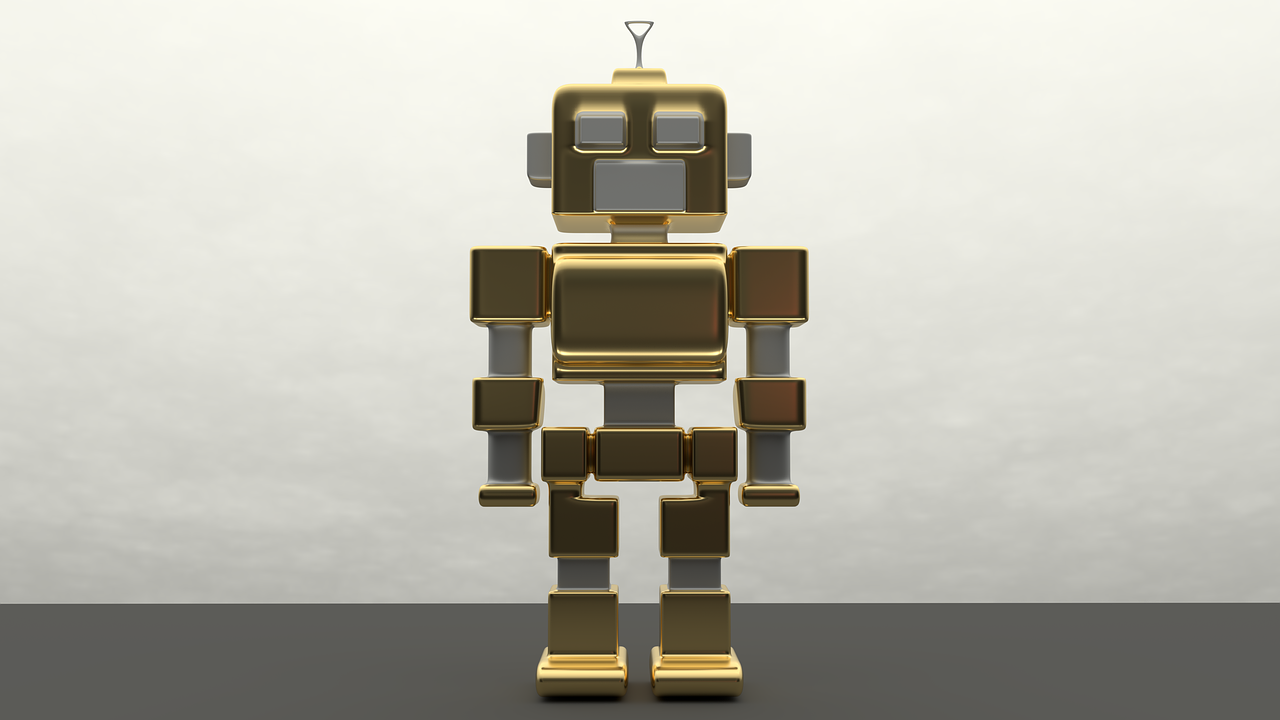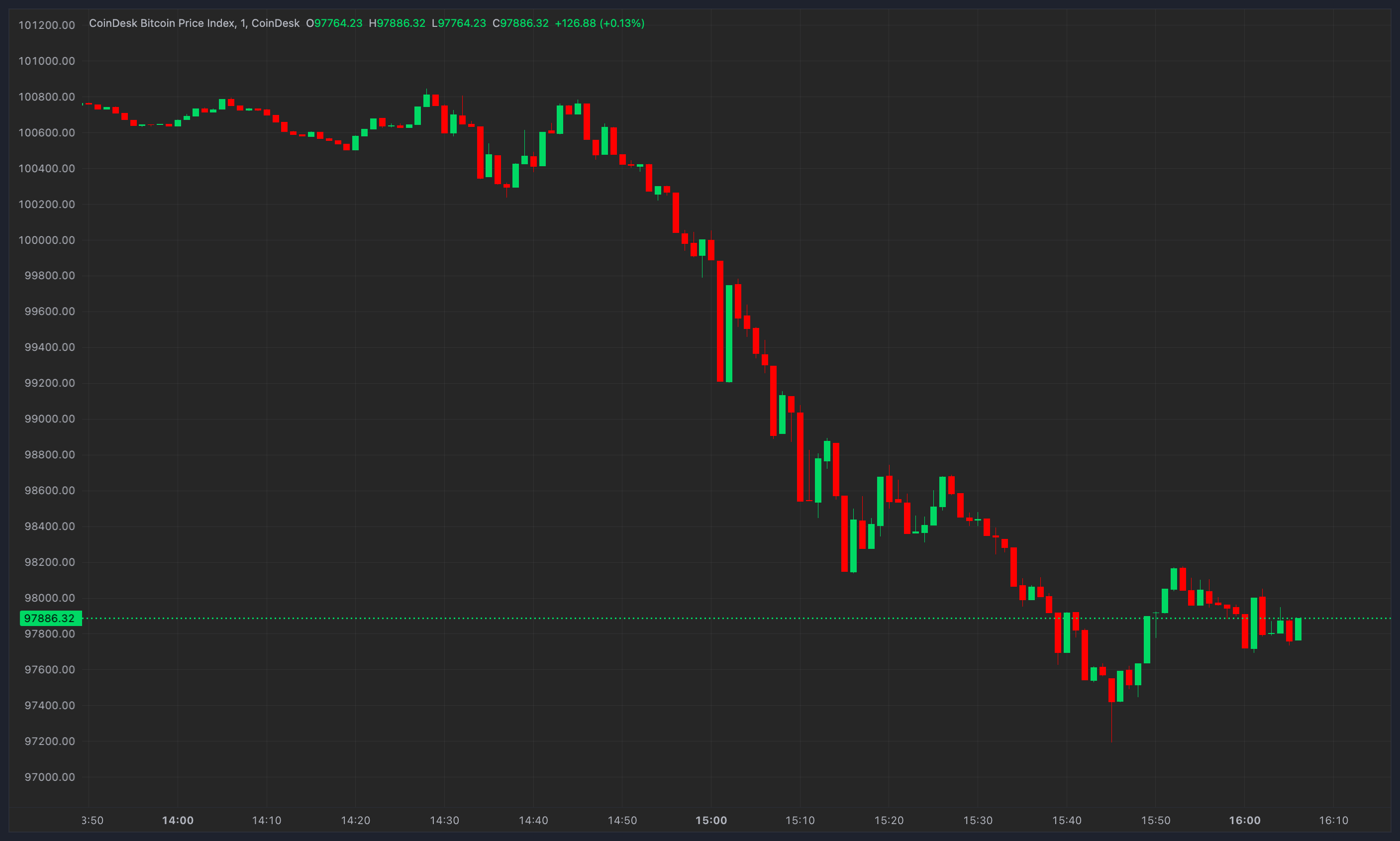Were you unable to attend Transform 2022? Check out all of the summit sessions in our on-demand library now! Watch here.
There is no doubt that the internet has transformed the way we live and work. It has made communication and collaboration easier than ever before. However, there is a downside to this increased connectedness.
The centralized nature of the internet means that a few large companies control most of what we see and do online. This concentration of power has led to concerns about data privacy, censorship, and other abuses of power.
It is becoming clear that the previous, and indeed current, iteration of the internet does not represent what the world wide web is truly intended for. To understand this and also the promise that Web3 holds, we will go over the history of the internet and how it has changed with time.
The current internet
The internet as we know it is largely a product of the 1990s. This was the decade when commercial use of the internet took off, and companies like AOL and Netscape became household names. The web browser was invented, and HTML became the standard markup language for creating web pages.
Event
MetaBeat 2022
MetaBeat will bring together thought leaders to give guidance on how metaverse technology will transform the way all industries communicate and do business on October 4 in San Francisco, CA.
The 1990s were also the decade when the World Wide Web Consortium (W3C) was founded. The W3C is an organization that sets standards for how the web should work. Its best-known standards include HTML, CSS, and XML.
The late 1990s and early 2000s saw the rise of search engines like Google and Yahoo! These companies built their businesses by indexing websites and making them easy to find via search keywords. Google’s founders Larry Page and Sergey Brin also developed the PageRank algorithm, which ranks websites based on their popularity.
The centralization of information and the gatekeepers of the internet
The search engine boom of the late 1990s and early 2000s led to the centralization of information on the internet. A few large companies came to dominate the market, and they continue to do so today.
These companies are known as the “gatekeepers” of the internet. They control what users see when they go online, and they have a significant impact on the way businesses operate. The problem with this concentration of power is that it can be abused.
The gatekeepers can censor content, restrict access to information, and collect data about users without their consent. Several instances of abuse have been documented in recent years. In 2018, for example, Facebook was embroiled in a scandal over the misuse of user data.
Though arguments are often made about the necessity of the centralization of information, it has become increasingly clear that this model is not sustainable in the long term. The internet was designed to be a decentralized network, and the centralized model goes against the spirit of the web.
Evidence for this can be traced back to the early days of the internet. The first iteration of the internet was known as ARPANET, and it was created by an arm of the U.S. Defense Department in the 1960s. ARPANET was designed to be a decentralized network that could continue to function even if parts of it were destroyed.
The next phase of the internet’s development was the creation of the TCP/IP protocol in the 1970s. This protocol allows computers to communicate with each other on the internet. It too was designed to be decentralized, so that if one part of the network went down, the rest could still function.
Even going back to the conceptualization of Charles Babbage’s Analytical Engine in the 1800s, it is clear that the decentralization of information was…
Read More: venturebeat.com









 Bitcoin
Bitcoin  Ethereum
Ethereum  Tether
Tether  XRP
XRP  Solana
Solana  Dogecoin
Dogecoin  USDC
USDC  Cardano
Cardano  Lido Staked Ether
Lido Staked Ether  TRON
TRON  Avalanche
Avalanche  Sui
Sui  Wrapped stETH
Wrapped stETH  Toncoin
Toncoin  Chainlink
Chainlink  Stellar
Stellar  Shiba Inu
Shiba Inu  Wrapped Bitcoin
Wrapped Bitcoin  Hedera
Hedera  Polkadot
Polkadot  WETH
WETH  Bitcoin Cash
Bitcoin Cash  LEO Token
LEO Token  Uniswap
Uniswap  Litecoin
Litecoin  Pepe
Pepe  Hyperliquid
Hyperliquid  Wrapped eETH
Wrapped eETH  NEAR Protocol
NEAR Protocol  Ethena USDe
Ethena USDe  USDS
USDS  Aptos
Aptos  Internet Computer
Internet Computer  Aave
Aave  Mantle
Mantle  Render
Render  Cronos
Cronos  Bittensor
Bittensor  POL (ex-MATIC)
POL (ex-MATIC)  Ethereum Classic
Ethereum Classic  Tokenize Xchange
Tokenize Xchange  WhiteBIT Coin
WhiteBIT Coin  MANTRA
MANTRA  Artificial Superintelligence Alliance
Artificial Superintelligence Alliance  Virtuals Protocol
Virtuals Protocol  Monero
Monero  Arbitrum
Arbitrum